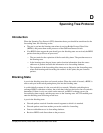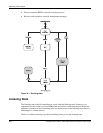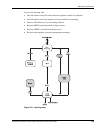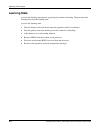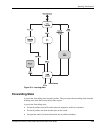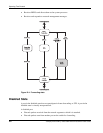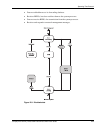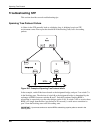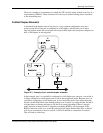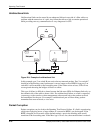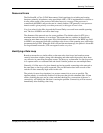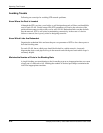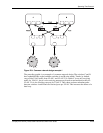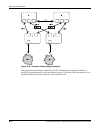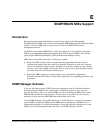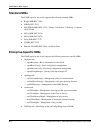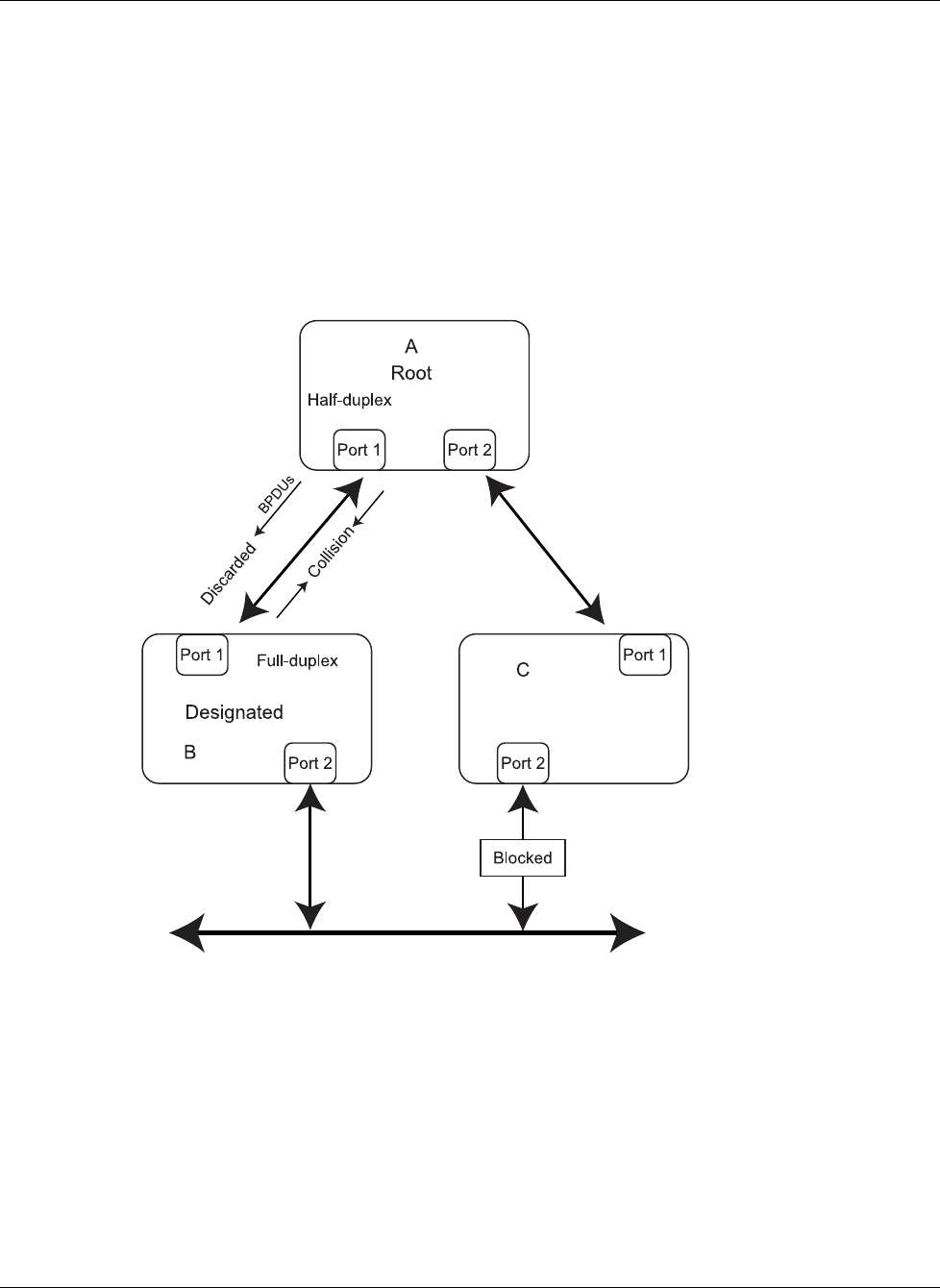
Spanning Tree Protocol
Compaq ProLiant BL p-Class GbE Interconnect Switch User Guide D-9
COMPAQ CONFIDENTIAL Codename: Vanilla Part Number: 263680-001 Last Saved On: 4/23/02 10:15 AM
There are a number of circumstances in which the STP can fail, mostly related to the loss of a
large number of BPDUs. These situations will cause a port in the blocking state to transition
to the forwarding state.
Full/Half Duplex Mismatch
A mismatch in the duplex state of two ports is a very common configuration error for a
point-to-point link. If one port is configured as a full-duplex, and the other port is left in
auto-negotiation mode, the second port will end up in half-duplex because ports configured as
half- or full-duplex do not negotiate.
Figure D-7: Example of full- and half-duplex mismatch
In the example, port 1 on switch B is configured as a full-duplex port, and port 1 on switch A
is either configured as a half-duplex port or left in auto-negotiation mode. Because port 1 on
switch B is configured as a full-duplex port, it does not do the carrier sense when accessing
the link. Switch B will then start sending packets even if switch A is using the link. Switch A
will then detect collisions and begin to run the flow control algorithm. If there is enough
traffic between switches B and A, all packets (including BPDUs) will be dropped. If the
BPDUs sent from switch A to switch B are dropped for longer than the Max Age, switch B
will lose its connection to the root (switch A) and will unblock its connection to switch C.
This will lead to a data loop.



